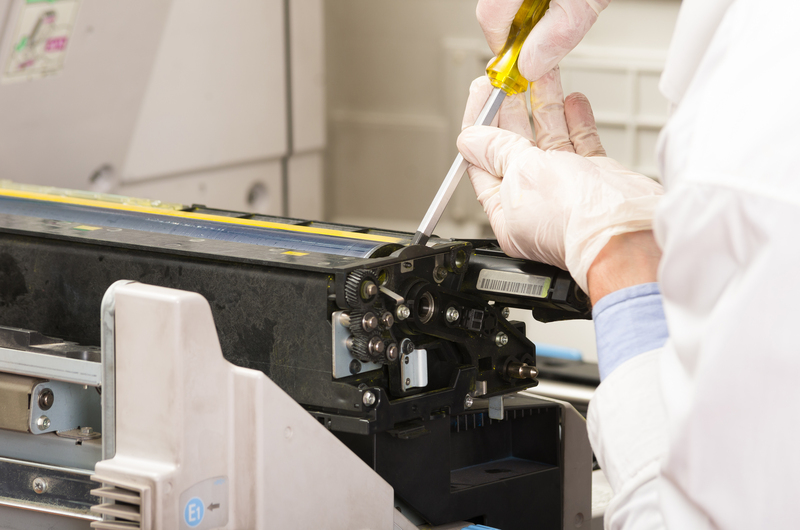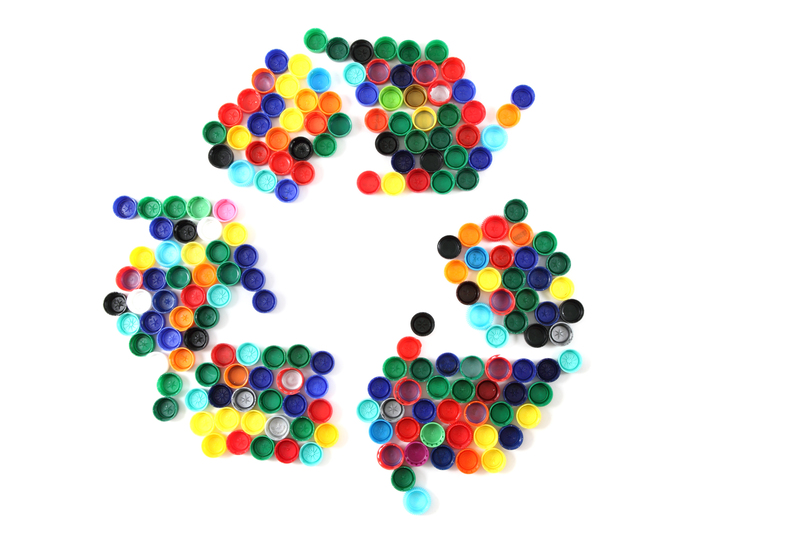Microplastic Pollution: Strategies for Stopping the Spread
Microplastic pollution has evolved into a critical environmental issue, disrupting marine ecosystems, infiltrating our food chain, and posing a threat to human and animal health. Recent research has highlighted the pervasive nature of these tiny plastic particles, which are now found everywhere from the Arctic ice to the deepest ocean trenches. As awareness grows, so does the urgency to address and halt the spread of microplastic contamination worldwide.
What Are Microplastics?
Microplastics are small plastic fragments, usually measuring less than 5 millimeters in diameter. They are either primary microplastics, manufactured for use in products such as cosmetics and cleaning agents, or secondary microplastics, broken down from larger plastic debris due to environmental factors like sunlight and wave action. These pollutants are highly persistent, designed not to degrade quickly, and have now invaded almost every corner of the natural world.
Sources of Microplastic Contamination
Understanding the sources of microplastic pollution is crucial in formulating effective strategies to limit its spread. Common sources include:
- Consumer Products: Exfoliating beads in face washes, microfibers from synthetic clothing, and personal care items.
- Industrial Processes: Plastic pellets used in manufacturing, industrial scrubbers, and abrasives.
- Waste Mismanagement: Improperly discarded plastic products that degrade into microplastics.
- Urban Runoff: Plastic debris washed into rivers and oceans due to inadequate drainage.
The proliferation of microplastic particles has now reached the point where these contaminants are routinely detected in drinking water, food, and even the air we breathe, emphasizing the magnitude of the problem.

Environmental and Health Impacts of Microplastic Pollution
Microplastic contamination exerts profound effects on both the environment and human health. Marine animals mistake these particles for food, accumulating plastics in their systems and transferring toxic substances up the food chain.
- *Disruption of Ecosystems: Aquatic creatures ingest microplastics, impairing development and survival rates.*
- *Human Exposure: With microplastics present in the food chain, humans are exposed through seafood, water, and even airborne particles.*
- *Chemical Contaminants: Plastic particles can attract and carry dangerous chemicals, including persistent organic pollutants (POPs).*
Evidence is mounting that microplastics are not only a physical hazard but also a chemical one, contributing to hormonal disruptions and immune system impacts. As our understanding grows, so too must our commitment to taking action.
Global Strategies for Tackling Microplastic Pollution
Mitigating the spread of microplastic pollution requires a multi-faceted approach. Effective strategies must target every stage of the plastic lifecycle -- from production to waste management. Here are comprehensive measures being implemented globally:
1. Limiting Microplastic Release at the Source
*Preventing microplastics from entering the environment in the first place is the most effective intervention. This can be achieved by:*
- Legislation and Regulation: Governments worldwide are banning microbeads in cosmetic products, mandating better labeling, and setting restrictions on single-use plastics.
- Product Redesign: Manufacturers are developing alternatives to plastic microbeads, switching to biodegradable materials, and investing in research and innovation.
- Textile Innovations: Companies are creating fabrics that shed fewer microfibers, while washing machine filters are being introduced to capture fibers before they reach water systems.
2. Improving Waste Management Practices
Proper waste handling and recycling are key to preventing the breakdown of plastics into microplastic particles. Some important practices include:
- Enhanced Recycling: Advancing sorting technologies and increasing recycling rates to minimize plastic leakage into the environment.
- Upgrading Wastewater Treatment: Installing fine filtration and advanced treatment processes at water treatment facilities to trap microplastics before water is released.
- Cleanup Initiatives: Supporting projects that remove existing macroplastic and microplastic pollution from beaches and waterways.
3. Fostering Industry Responsibility
The private sector plays a crucial role in reducing microplastic generation:
- Eco-friendly Product Design: Businesses are encouraged to adopt sustainable packaging and develop alternatives to traditional plastics.
- Producer Responsibility Programs: Extended producer responsibility (EPR) mandates require manufacturers to manage their products at end-of-life, thereby minimizing plastic waste.
- Corporate Sustainability: Companies increasingly report on their plastic footprint and set targets to reduce microplastic pollution throughout their supply chains.
4. Raising Public Awareness and Engagement
Behavioral change at the consumer level is vital for long-lasting impact. Strategies that foster widespread participation include:
- Public Education: Campaigns highlighting the risks of microplastic contamination and sharing practical tips to reduce plastic use.
- Community Cleanups: Grassroots organizations mobilize volunteers for local beach and river cleanups, directly removing plastic waste from vulnerable ecosystems.
- Changing Consumption Habits: Encouraging the use of reusable products, supporting brands with sustainable practices, and avoiding single-use plastics.
Innovative Solutions and Emerging Technologies
As the microplastic pollution crisis intensifies, innovative technologies and research breakthroughs offer hope. Some promising solutions include:
- Microfiber Filters: Effective filters for washing machines and industrial wastewater systems are being deployed to intercept microfibers at the source.
- Bio-based Plastics: Materials derived from plants, fungi, or algae break down safely, minimizing long-term pollution risks.
- Magnetic Removal: Scientists are experimenting with magnetic nanoparticles to bind and remove microplastics from water bodies.
- Bacterial and Enzyme Solutions: Certain microorganisms can break down plastics, potentially offering large-scale remediation options in the future.
Strengthening Global Collaboration
Microplastic pollution knows no borders. Strong international cooperation is necessary to standardize research, share data, and develop unified policies. Noteworthy collaborative efforts include:
- United Nations Environment Programme (UNEP): Works with countries globally to promote plastic waste reduction and monitor microplastic levels.
- National and Regional Bans: Many governments, especially within the European Union, have implemented ambitious strategies to ban plastic microbeads and single-use plastics.
- Research Networks: International scientific partnerships help advance detection methods, assess risks, and pilot mitigation technologies.
Challenges in Halting Microplastic Pollution
While progress is being made, stopping the spread of microplastics comes with significant challenges:
- Detection Difficulties: Current technology cannot detect or capture the smallest plastic particles, leaving many pollutants unaddressed.
- Lack of Regulation: Global laws on microplastics are patchy, with enforcement often lacking, and many countries yet to introduce comprehensive policies.
- Dependence on Plastic: Plastics remain indispensable in many industries, requiring a delicate balance between reducing pollution and maintaining product utility.
- Costs of Transition: Investing in new infrastructure and technologies can be financially demanding, especially for developing nations.

Actionable Steps for Individuals
While large-scale solutions are essential, individual actions can significantly reduce microplastic pollution:
- Choose Natural Fibers: Opt for clothing and textiles made from cotton, wool, hemp, or other natural materials.
- Avoid Products Containing Microbeads: Scrutinize labels on skincare and cleaning products to ensure they do not contain plastic microbeads.
- Laundry Practices: Use laundry bags or install filters designed to capture microfibers, and wash synthetics less frequently.
- Participate in Cleanups: Join local initiatives to remove plastic waste from the environment.
- Advocate and Educate: Raise awareness in your community about the dangers of microplastic contamination and support environmentally responsible policies.
Future Outlook: Moving Towards a Plastic-Free Environment
The battle against microplastic contamination is far from over, but the momentum is building. As scientific research uncovers more about the impact and origins of these persistent pollutants, governments, industries, and everyday individuals are mobilizing to implement effective solutions. From advanced filtration technologies and bio-based alternatives to stronger legislation and public education, every step forward contributes to a cleaner, healthier planet.
Persistent, dedicated action is required -- not just from policymakers and scientists, but from each of us. Only by working together can we stem the tide of microplastic pollution, ensuring oceans, waterways, and food supplies remain safe for generations to come.
Key Takeaways
- Microplastics are micro-sized plastic particles present in the environment due to human activity.
- Their sources include industry, consumer products, and the breakdown of larger plastics through misuse and mismanagement.
- These particles pose serious threats to marine life, ecosystems, and human health.
- Effective strategies to stop the spread of microplastics involve regulation, innovation, improved waste management, and collective responsibility.
- Individual actions matter -- from product choices to participation in local cleanups and advocacy.
Combating microplastic pollution requires a united, global approach blending policy, science, and personal commitment. By embracing change and supporting innovative strategies for stopping microplastic spread, we can build a sustainable future less burdened by plastic waste.